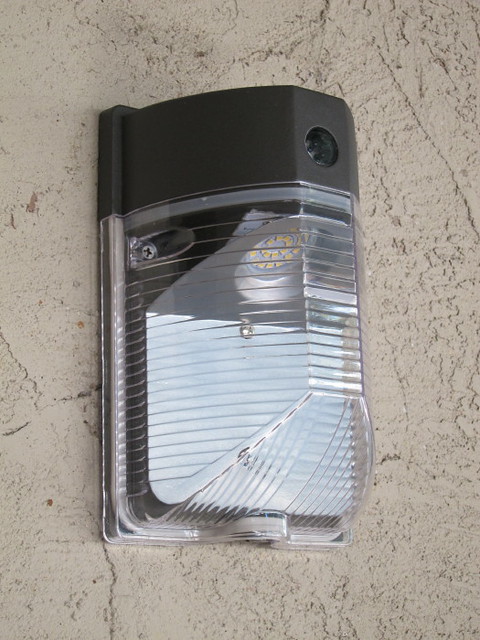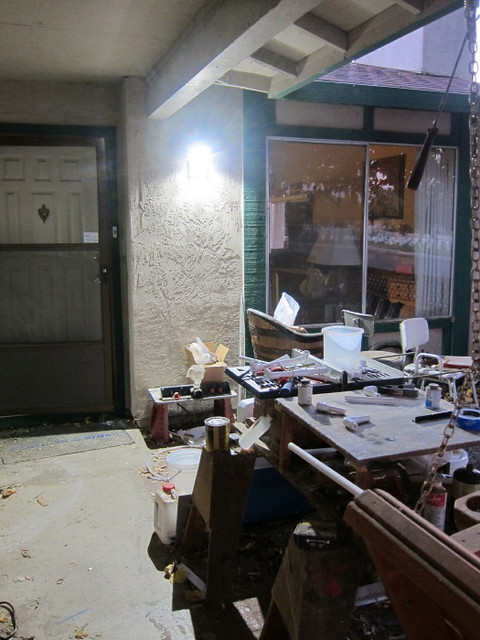JoeWras
Give me a museum and I'll fill it. (Picasso) Give me a forum ...
- Joined
- Sep 18, 2012
- Messages
- 11,702
I just installed my first LED integrated vanity bath bar. So far, so good! This bathroom gets hot (upper floor of 1 1/2 story). Hopefully it will keep things cooler.
I'll say this. In the 2 years I've been goofing around with LED home lighting, the improvements being made are significant. Literally month by month, the products improve in size, color, design, etc. And now there are more and more integrated fixtures which continue to improve.
I'll say this. In the 2 years I've been goofing around with LED home lighting, the improvements being made are significant. Literally month by month, the products improve in size, color, design, etc. And now there are more and more integrated fixtures which continue to improve.


